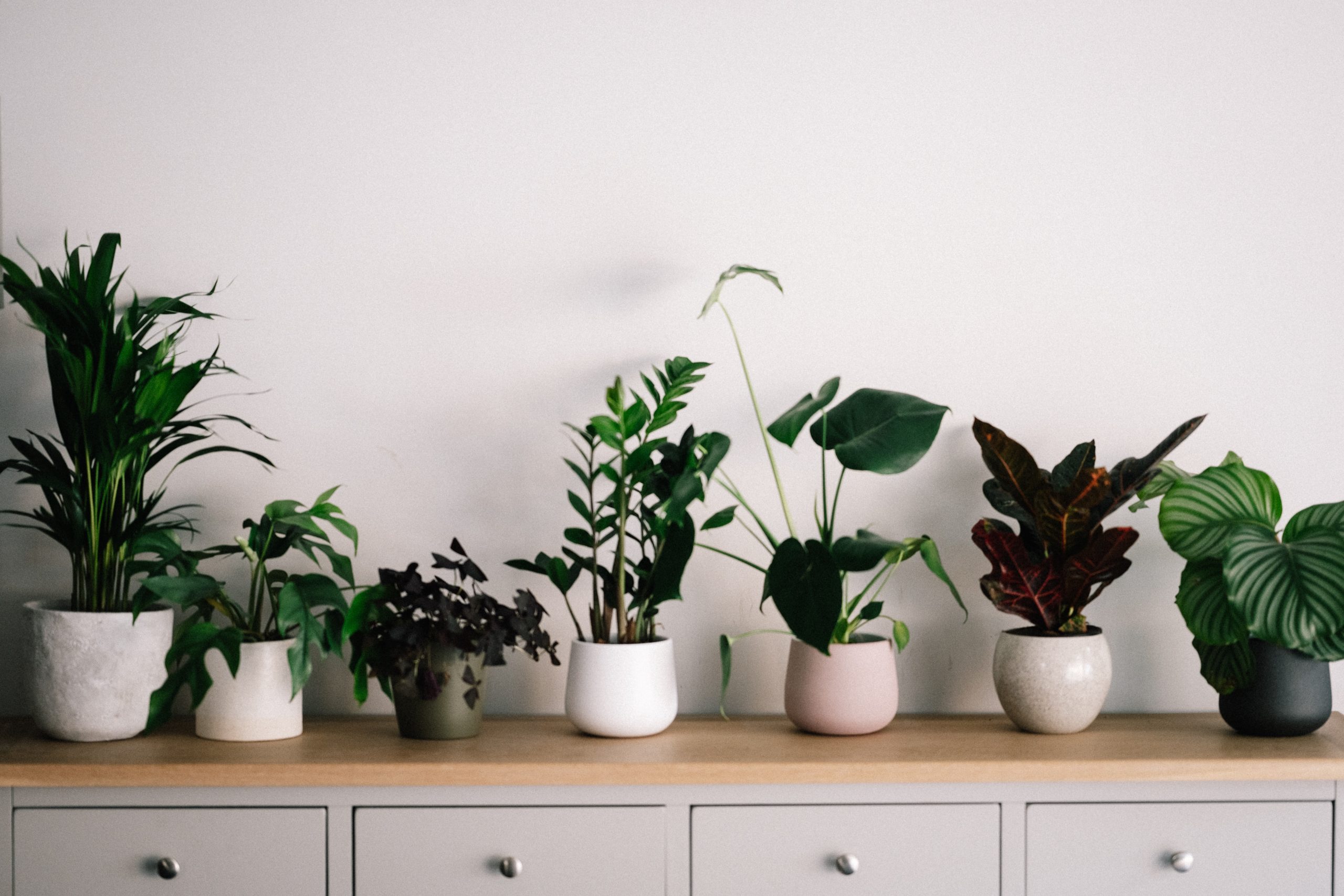The World Health Organization attributes 6.7 million premature deaths annually to poor indoor air quality.
A new study revealed that indoor plants are highly effective in eliminating nearly all carcinogenic substances from a room, potentially transforming understanding of indoor air pollution management.
University of Technology Sydney (UTS) researchers, in a joint study with Ambius, a global plantscaping solutions company, have shed new light on the significant role indoor plants play in purifying air and potentially mitigating cancer risk.
Indoor air quality has been proven to be significantly more polluted than outdoor air, a situation that poses both mental and physical health risks, according to Ambius General Manager Johan Hodgson.
However, this new research suggests that the answer may be as simple as adding more plants to the indoor environment.
Given that people spend approximately 90% of their time indoors, whether at home, school, or work, finding practical and effective strategies to combat air pollution is crucial.
The World Health Organization attributes 6.7 million premature deaths annually to poor indoor air quality.
One surprising finding from the study was the effectiveness of a small green wall, comprising a mix of indoor plants provided by Ambius.
This compact plantscape removed a staggering 97% of the most toxic compounds from the surrounding air within just eight hours. Previous studies had suggested such benefits, but this marks the first time researchers have shown that plants can also absorb petrol (gasoline) fumes, a significant source of indoor toxins globally.
According to Associate Professor Fraser Torpy, the study leader and a UTS bioremediation researcher, these results are remarkable.
“This is the first time plants have been tested for their ability to remove petrol-related compounds, and the results are astounding,” Torpy said in a university release.
Torpy explained that not only could plants remove most pollutants in a matter of hours, they were particularly efficient at eliminating the most dangerous petrol-related toxins. The rate of removal for benzene, a known carcinogen, was higher than less harmful substances, such as alcohols.
The research also discovered that the more concentrated the toxins in the air, the faster and more effective the plants were at removing them, demonstrating the adaptability of plants to their growing conditions.
The findings have resonated with feedback received by Ambius, which has installed plants in hundreds of office buildings nationwide. Hodgson emphasised the importance of plants as a key element of workplace wellness plans.
“This new research proves that plants should not just be seen as ‘nice to have’, but rather a crucial part of every workplace wellness plan,” he said.
In light of these findings, it appears that the most cost-effective and sustainable solution to combat harmful indoor air contaminants in workplaces and homes might be the strategic placement of plants.







